First, to understand the function of the fronthaul M-Plane, let’s remember the Fronthaul Planes, Please read this and continue. What are C/U/M/S Fronthaul (FH) Planes in ORAN ? What is the M-Plane? Management Plane: refers to non-real-time management operations between the O-DU and the O-RU like: Performance Management (PM). Configuration Management (CM). Fault Management (FM). […]
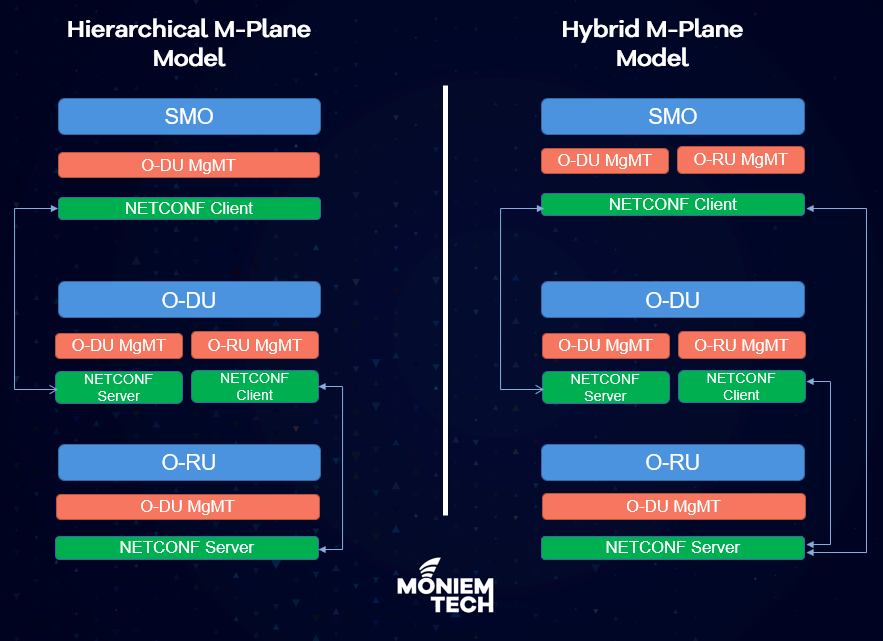

For example, if we are looking at 5G RAN which is composed of a variety of subsystems including network elements such as the baseband unit (BBU) and remote radio Unit (RRU), and low-level software such as the operating system OS, containers, hardware including servers, Ethernet adapters and more. All of these elements in the OpenRAN […]
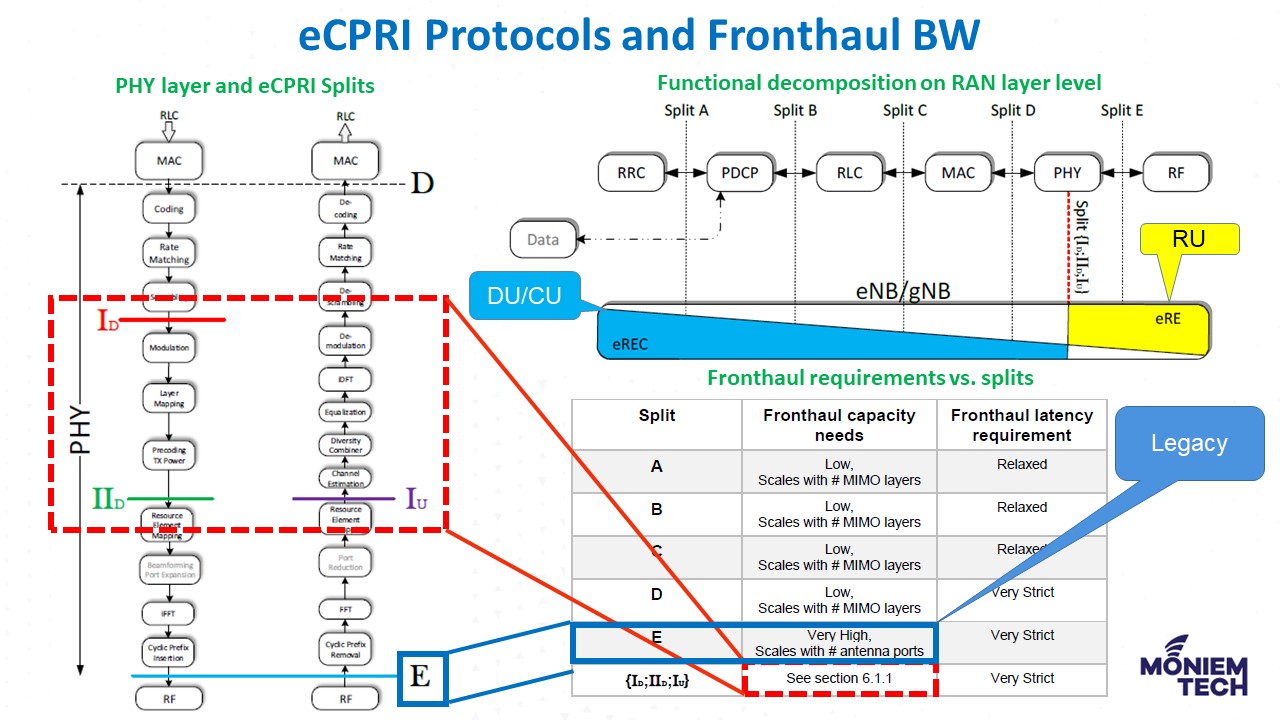
📗 CPRI is standardized by the Common Public Radio Interface forum with the first specification in 2003 with some features It is based on functional split 8 (Split E in eCPRI Specs.) between RF and Physical layer which means the legacy one. It covers user plane data, control plane transport mechanisms, and means for synchronization. […]
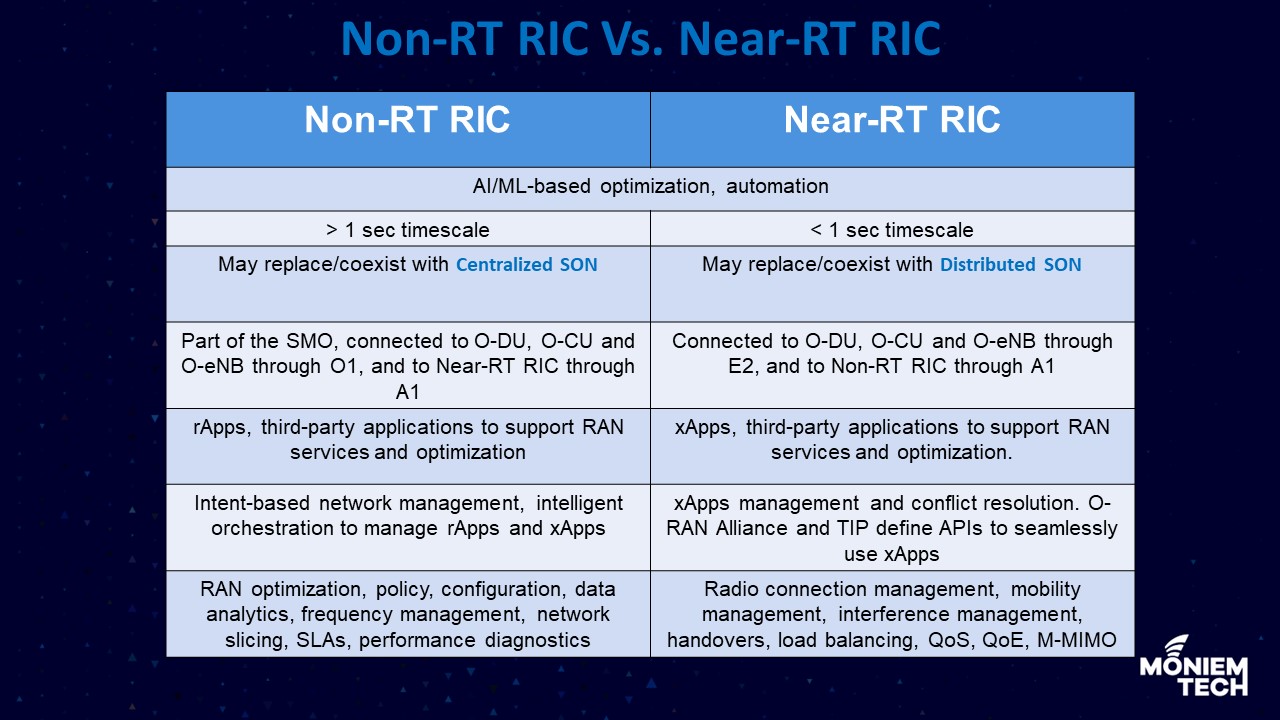
The RAN intelligent Controller (RIC) is cloud-native, and a central component of an open and virtualized RAN network. The RIC aligns with 3GPP release 15 and beyond. It is foundational to enabling network programmability, intelligence, and disaggregation in a modern network. It is an essential component of the Open RAN architecture. The RIC architecture includes […]
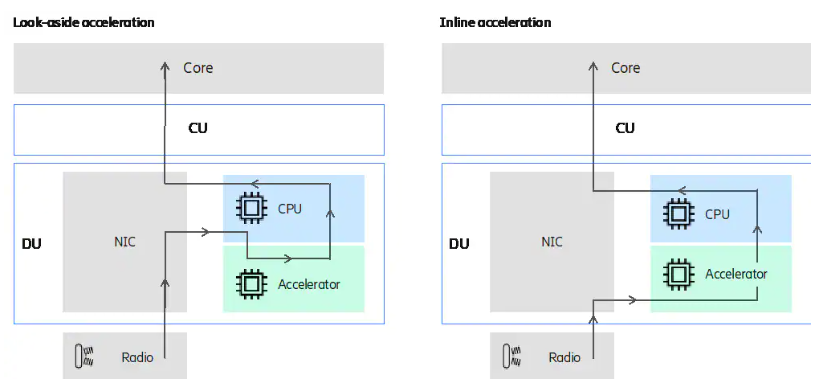
Open RAN by disaggregation involves CU (Centralized Unit) and DU (Distributed Unit) virtualization. By decoupling hardware and software, Open RAN makes it possible to select different vendors and solutions for hardware and software and to manage their lifecycles separately. More specifically, this makes it possible to use COTS (Commercial off-the-shelf) general-purpose hardware in the RAN […]
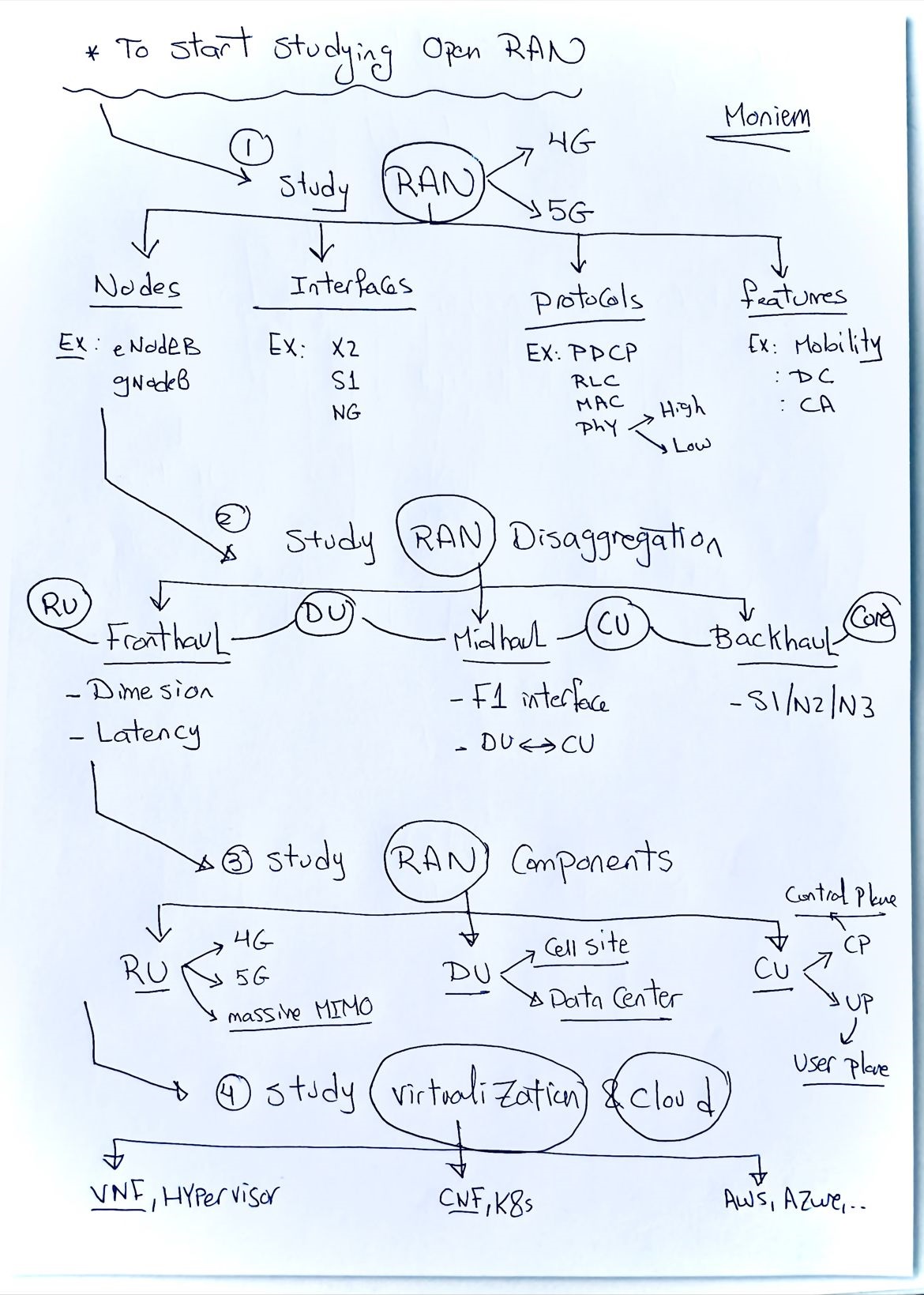
The Open RAN concept is based on open and standardized interfaces, which grant interoperability. Thus, it enables multiple vendors to provide different parts of hardware and software. 🧧 Although various network elements come from numerous vendors and are pro vendors to proprietary, they are designed to work together with other vendors’ products. In addition, open […]
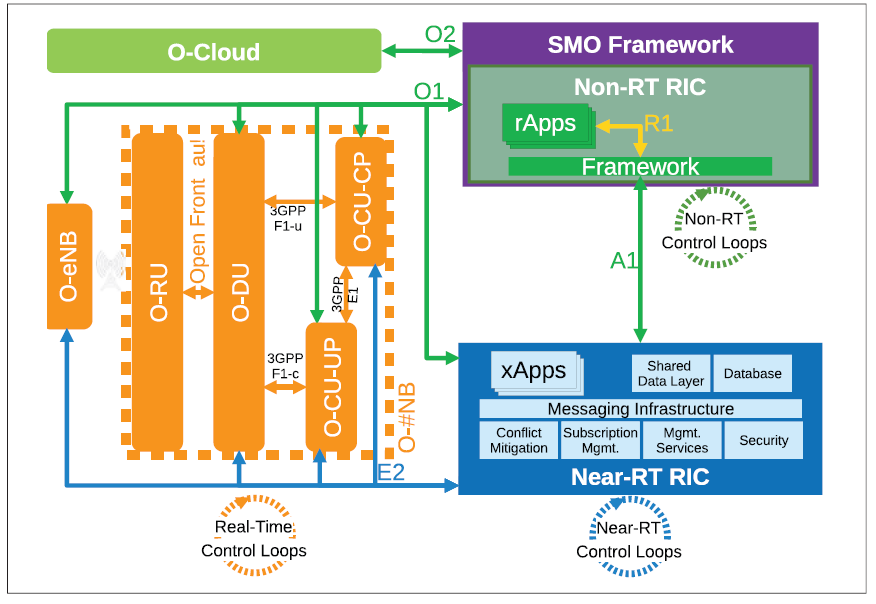
First, We need to know that the most important functional components introduced by O-RAN are the non-real-time (non-RT) radio intelligent controller (RIC) and the near-RT RIC. While the former is hosted by the service management and orchestration (SMO) framework of the system (e.g., integrated within ONAP), the latter may be co-located with 3GPP gNB functions, […]

The RAN has been considered the most expensive part of network deployment. RAN consists of around 60-70% of the network Capex. The Open RAN (Open Radio Access Network (RAN) Journey is about changing the mindset and accepting the fact that Open RAN is not a new technology we need to test, however, it’s the future […]
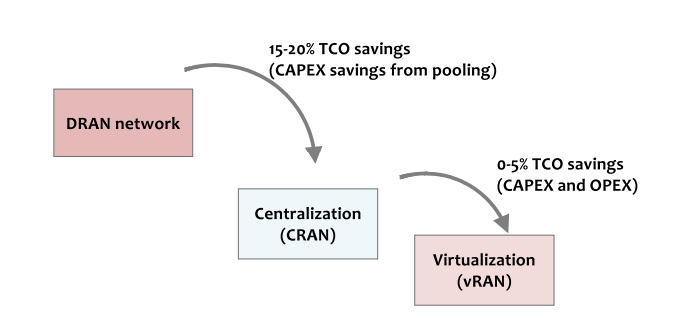
Virtualized radio access networks (vRANs) are a way for telecommunications operators to run their baseband functions as software. One of the primary benefits of virtualizing radio access networks (RANs) is that RAN functions no longer require special proprietary hardware to run, and can instead be run on standard servers. This is achieved by applying the […]
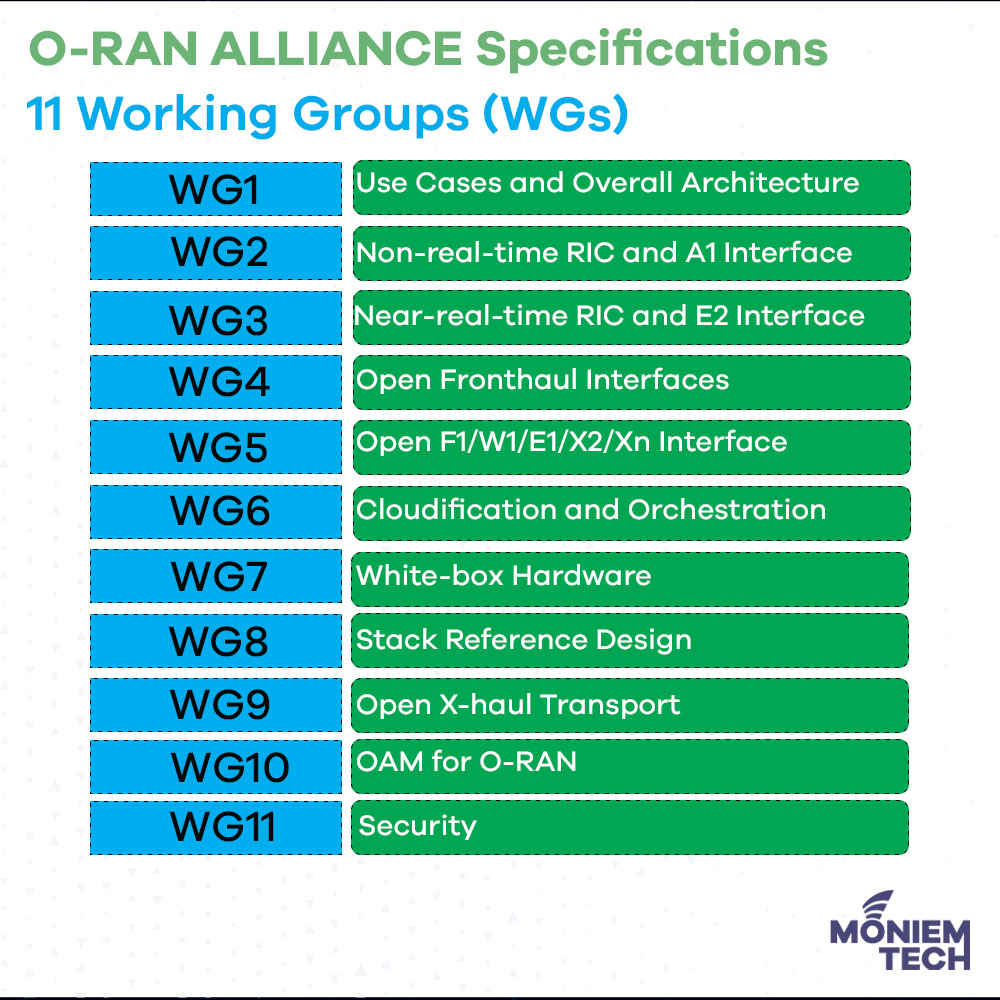
What is O-RAN Alliance? O-RAN Alliance is a global alliance founded in 2018. As of June 2022, the O-RAN Alliance had 345 members and contributors (O-RAN Alliance only allows communication service providers as members, all other companies and entities are considered to be contributors). This includes communication service providers (CSP) and vendors, as well as […]
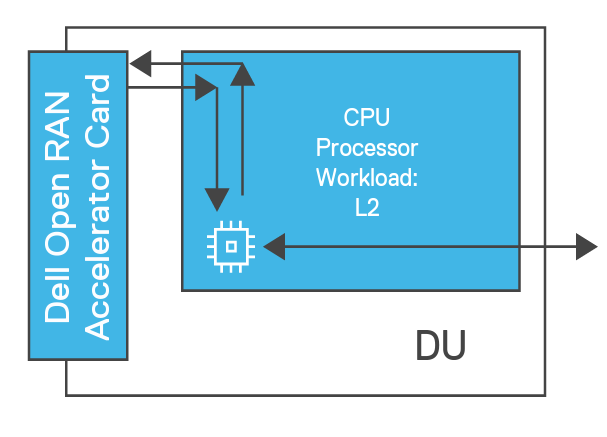
OpenRAN based on legacy compute architectures utilizes an excessively high number of CPU cores and energy to support 5G Layer 1 (L1) and other data-centric processing, like security, networking, and storage virtualization, and this leaves very few hosts to compute resources available for the tasks the Server was originally designed to support. Why 5G Physical […]
